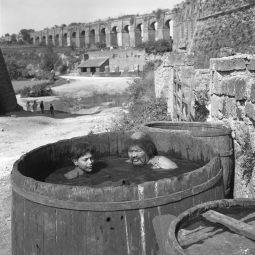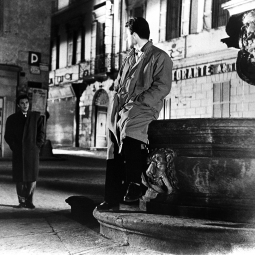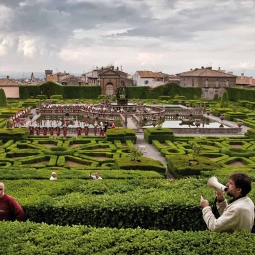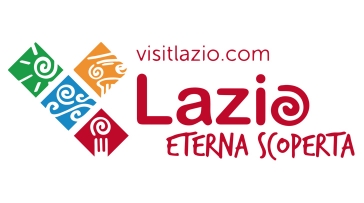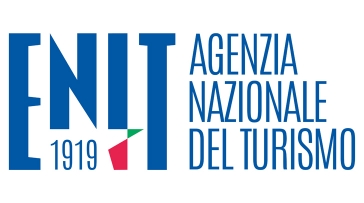The area known as Tuscia, which almost coincides with the province of Viterbo, was originated by the eruptive activity of three important volcanoes: Cimino near Viterbo, Vulsino - the northernmost, dominated by Lake Bolsena - and Vicano, where Lake Vico is located. The two lakes, formed in the caldera of the extinct volcanoes, attract both film crews and tourists.
With an altitude of 507 m above sea level, Lake Vico is one of the highest and most beautiful Italian lakes. In order to protect its flora, fauna and landscapes, it has been included since 1982 in the Lake Vico Nature Reserve. A popular destination for birdwatchers from all over the world, due to the great variety of aquatic birds that live there, Lake Vico is also an excellent destination for canoeists, trekkers and mountain bike enthusiasts. The villages that surround it - including San Martino al Cimino, Ronciglione and Caprarola - boast a great historical heritage and offer enjoyable food and wine experiences.
The same cultural richness can be found also in Bolsena, Capodimonte and Marta, the villages that outline the coast of Lake Bolsena, famous for being the largest volcanic lake in Europe (110 km2).
Fun fact
The first sequence of Brancaleone alle crociate (1970), the sequel of L’Armata Brancaleone (1966), shows a handful of crusaders heading for the Holy Land to liberate the Holy Sepulchre. After crossing a lake (Lake Vico), mistaken for the Mediterranean Sea (“The sea, the sea! Praise the Lord, praise the sea!”), the friar who leads the crusaders questions a shepherd captured by Brancaleone: "But isn't this the sea?" "Well, we call it a lake... but it could be the sea", replies the perplexed prisoner.
Written by Franco Grattarola










